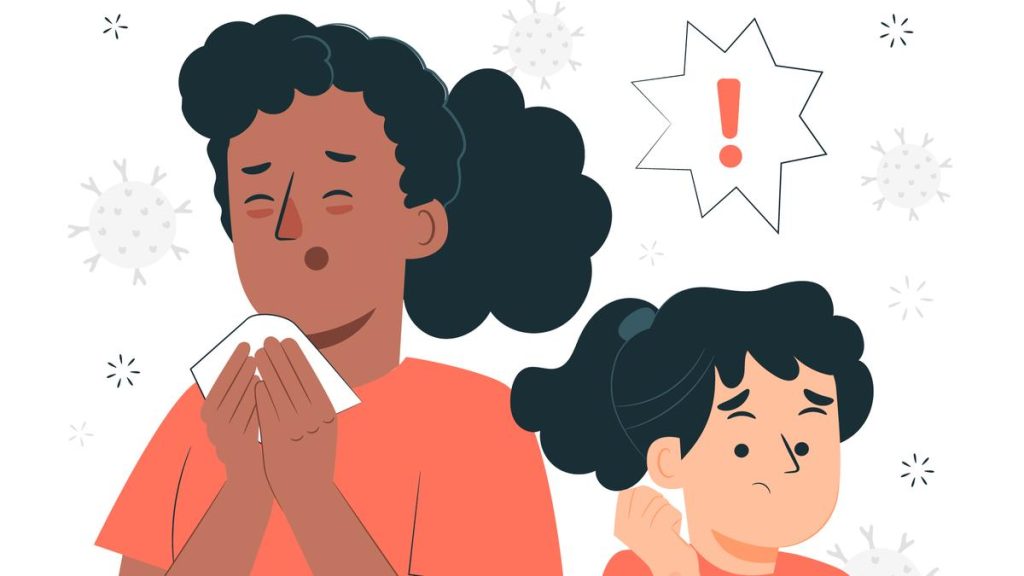Imagine you are eating takeout, and suddenly you feel like you are getting breathless and it’s getting difficult for you to swallow the food. You also feel itchiness in several parts of your body. These might be symptoms of an allergic reaction or anaphylaxis. When you are allergic to a certain food item or object, and you accidentally consume the same, your immune system reacts to protect you from the “invader”. This immune response leads to the release of a flood of chemicals, which cause symptoms of an allergic reaction.
An anaphylactic shock is a more severe, life-threatening allergic reaction that occurs after exposure to an allergen. It is a rapidly progressing anaphylaxis resulting in a life-threatening drop in blood pressure. It is a medical emergency that requires immediate attention and can affect multiple organ systems in the body, including the respiratory, cardiovascular, gastrointestinal, and skin systems. Understanding its causes, symptoms, diagnosis, and treatment is essential in managing this critical condition effectively.
The most common allergens that can cause anaphylaxis include:
– Foods like peanuts, tree nuts, shellfish, milk, eggs, soy, and wheat are frequent culprits.
– Medications, including antibiotics like penicillin and some anaesthetics, can induce anaphylaxis.
– Bee, wasp, hornet, and ant stings or bites can also be triggers.
How does the shock occur?
Anaphylactic shock occurs when the immune system produces immunoglobulin E (IgE) antibodies (a type of antibody primarily involved in allergic reactions and parasitic infections, produced by the immune system to defend against allergens and other threats) in response to an allergen. Upon re-exposure, the allergen binds to these antibodies on the mast cells and basophils (both are white blood cells in the immune system), causing them to release large amounts of histamine and other inflammatory mediators (naturally occurring chemical compounds that play a crucial role in the body’s immune response).
This is what leads to the various symptoms of an allergic reaction, including vasodilation or widening of blood vessels, resulting in a dramatic drop in blood pressure and increased vascular permeability, causing fluid to leak from blood vessels into tissues, which contributes to swelling; bronchoconstriction or narrowing of airways, making it difficult to breathe; and gastrointestinal symptoms like vomiting, diarrhoea, and abdominal pain and skin reactions, including hives and itching. These physiological changes can rapidly compromise the function of vital organs, particularly the heart and lungs.
How do you identify anaphylaxis?
Anaphylaxis typically has a rapid onset, often occurring within minutes of exposure to an allergen. However, in some instances, symptoms may not manifest for up to an hour or more. Check for the symptoms mentioned earlier and contact a medical professional as soon as possible, apart from using epinephrine or an EpiPen on the individual. In severe cases, there may be a sudden drop in blood pressure, which can lead to loss of consciousness as well.
Diagnosing allergies!
Anaphylaxis is primarily diagnosed based on clinical presentation and patient history. There are no specific lab tests that can diagnose anaphylaxis during an acute event, but tests such as serum tryptase levels can help confirm the diagnosis afterward.
Identifying the allergen through allergy testing (such as skin prick or blood tests) may also be useful to prevent future episodes.
Healthcare providers use criteria from the World Allergy Organization (WAO) or National Institute of Allergy and Infectious Diseases (NIAID) to identify anaphylaxis. A diagnosis is typically made when there is a sudden onset of symptoms involving multiple organ systems after exposure to a known or likely allergen.
Important treatments
Immediate treatment is crucial to prevent death from anaphylaxis. The first-line treatment is the administration of epinephrine (adrenaline), as it helps in constricting blood vessels, which increases blood pressure, relaxes the muscles in the airways, makes it easier to breathe and reduces swelling and hives. Epinephrine is usually administered via an auto-injector (like an EpiPen). After administration, the person should seek emergency medical help, even if symptoms appear to improve, as a biphasic reaction (a second wave of symptoms) can occur hours later.
Preventing anaphylaxis involves identifying and avoiding known allergens. People at risk should remember to carry an epinephrine auto-injector at all times and know how to use it. One should also remember to inform healthcare providers regarding their allergy before receiving medications or undergoing procedures to avoid unwanted reactions. Also, take care to read food labels and ask about the ingredients used when eating out. Some may benefit from allergen immunotherapy (desensitisation) under the supervision of an allergist. This therapy gradually introduces small amounts of the allergen to reduce sensitivity over time.
With prompt treatment, most people recover completely from anaphylaxis. However, the condition can be fatal if not treated quickly. According to studies, the mortality rate for anaphylaxis is low but not negligible, highlighting the importance of awareness and preparedness. Children, individuals with asthma, and those with a history of previous anaphylactic reactions are at a higher risk of severe outcomes. Continuous education, awareness, and preparedness can significantly reduce the impact of this condition.
Published – April 17, 2025 03:55 pm IST

